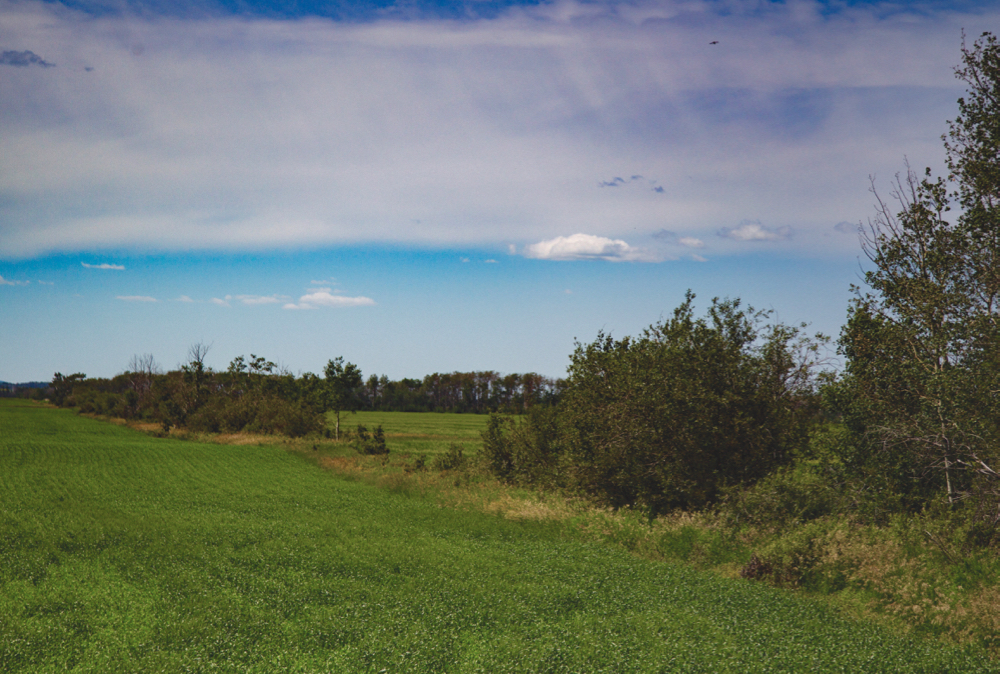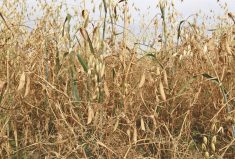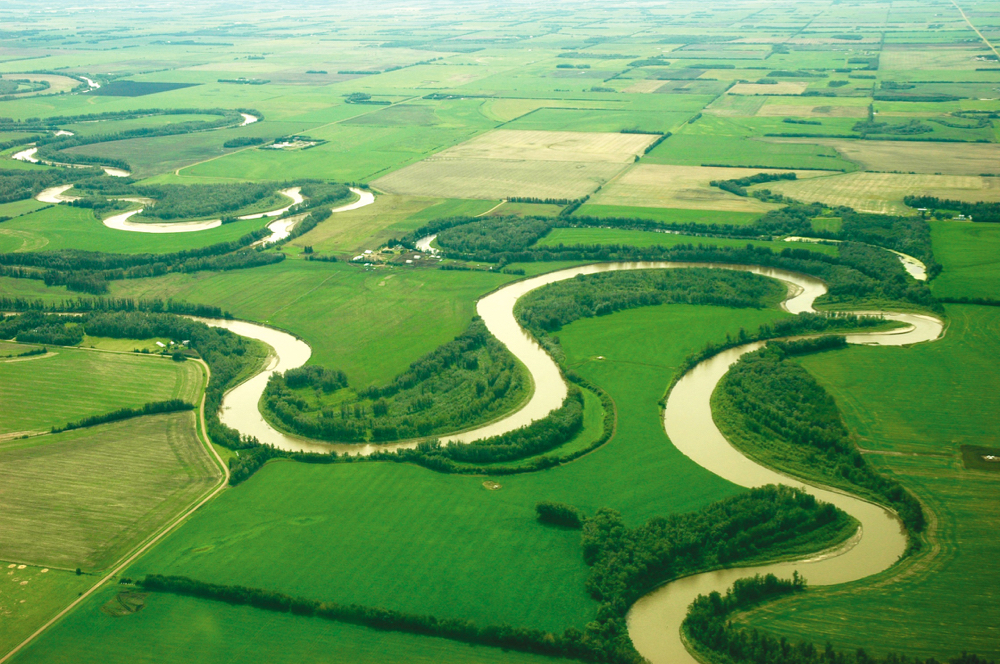Areas such as road allowances, wetlands and shelterbelts take up land that could otherwise be used to produce grain. But does that mean that if you remove them, you’ll have more grain production?
Maybe not. You might even get less, says Shathi Akhter, an Agriculture and Agri-Food Canada research scientist at Indian Head, Sask. She’s the lead on a major project designed to quantify benefits and risks of field boundary areas, conduct a cost-benefit analysis of field boundary habitat, and look at how these areas affect crop yields.
Read Also

Agronomists share tips for evaluating new crop products and tech: Pt. 3
With new products, new production practices and new technology converging on the agriculture industry at a frenetic pace in recent…
“There is a gap in terms of valuing the ecological goods and services provided by non-crop areas in agricultural land,” Akhter says. “All of us are aware of the benefits of these areas, but what we do not know much about is how to put a dollar value on those services.”
The project which began in 2017 and will run until 2022 is a major undertaking involving a team of experts in agronomy, bioeconomics, weed ecology, geomatics, soil microbiology, agroforestry, pollinators, remote sensing and technology transfer support from AAFC, the Royal Saskatchewan Museum and the University of Calgary.
During the first three years of the project, Akhter collected data from canola fields at 15 sites per year from Indian Head to Fort Qu’Appelle and Regina. In the latest round which begins this year, the team will start collecting from pulse fields.
Using satellite imagery and drones, researchers first survey the sites and quantify non-crop areas such as shelterbelts and wetlands. They then collect crop inventory data to correlate yields with non-crop areas.
In the second phase of the experiment, data is collected at each site from field shelterbelts, natural hedgerows and open fields. Akhter says the idea is to quantify pollinators and bird communities as well as soil microbial communities and to ask how they influence crop yield and quality.
Three per cent yield bump
Akhter says preliminary results show shelterbelts provided a three per cent yield increase measured in oil production per hectare.
“We noticed a bell-shaped yield pattern in field boundary habitat sites where yield suffered 10 to 20 metres adjacent to the trees, and then there was a steady increase up to 100 metres. We noticed a continued benefit up to 350 metres, which was the furthest distance measured in the study.”
Akhter says the presence of field boundary habitats significantly boosted populations of beneficial insects, pollinators, birds and soil microbes. “In some locations, beneficial insect population was up to 20 times higher in field boundary sites compared to open field,” she adds.

Unsurprisingly, bird diversity was much higher in hedgerow and shelterbelt sites versus open fields. Native hedgerow sites recorded highest bird populations (31.22 birds/site), followed by shelterbelt sites (19.25 birds/site), and lastly open field sites (7.25 birds/site). Some of the birds noted in the study, including the brewers blackbird and grasshopper sparrow, are experiencing steep population declines. One species — barn swallow — is considered threatened for many reasons including the loss of nesting and foraging habitat.
Benefits and risks
Akhter says producers’ interests and concerns are at the forefront of the project, which is run in collaboration with Saskatchewan producers so the team can collect long-term continuous data from fields with multiple crops.
She wants to establish the economic break-even point at which the benefits of the boundary outweigh the loss of crop production in those areas.
“We are particularly interested to learn whether there is an additional operating cost associated with the boundary based on its presence,” she says.
They also want to know whether yield gains are specific to canola or hold for other crops such as cereals.
Akhter says it’s also essential to look at yield effects during wet years because some producers in the study are concerned about moisture buildup in the areas adjacent to field boundaries.
Trade benefits?
Gregory Sekulic, an agronomy specialist for the Canola Council of Canada, says the council has no financial investment in or field responsibilities for the project, but is interested in its findings for canola producers.
He says there are a few reasons why non-crop habitat is being lost, including farm consolidation and the increasing value of cropland.
“The perception is that there’s an opportunity cost to natural, uncultivated land that could be providing direct revenue,” he says. “Producers also see natural spaces as reservoirs of insect pests as well as weed seeds.”
Those perceptions aren’t always rooted in reality. Akhter’s research shows no encroachment of weeds from boundary areas into fields, for example.
The project’s early results, Sekulic says, accord with global data showing the value of non-crop areas.
“If that yield relationship does exist in Canada, hopefully we can ascribe a dollar value to that tree bluff or wetland so that while there are opportunity costs of not farming that acre, it provides a known increase to the acres around it,” he says. “We’re hoping that these features can be viewed more as a resource to manage and less as obstacles.”
Sustainability scores take a hit from a lack of diversity, he says, and improving habitats can mean improving scores for trade agreements, which provides a direct economic benefit to the producer.
“These spaces can be a pain in the ass, to be very blunt, but we’re really not talking about converting large swaths of farmland into natural spaces. We’re talking about optimizing the amount of land in and around these fields to provide habitat and ultimately increase a farmer’s profitability,” he says.
Keith Stephens owns a grain farm east of Fort Qu’Appelle. He’s been involved in the study since the beginning. His land includes natural shelterbelts along road allowances as well as planted shelterbelts and some sloughs and bushes.
“You definitely lose some cropping area to that, but I don’t believe I lose a lot of crop to it because some of those fields produce really well,” he says.
Stephens says he’s saddened when he sees local farmers removing shelterbelts. “It’s their land and they have a right to do that, but I feel there’s a loss.”
He’s glad Akhter’s project is being funded, he says, because data on the actual value of shelterbelts and other non-crop areas is needed to help producers make better-informed decisions.
“Years ago in the 1950s, my dad made the comment that guys remove all the bush figure they get more yield, but then they don’t because they lose the insects to help promote it. That always kind of stuck with me, that there are benefits to the bush, that they are reservoirs of birds and insects,” he says.
















